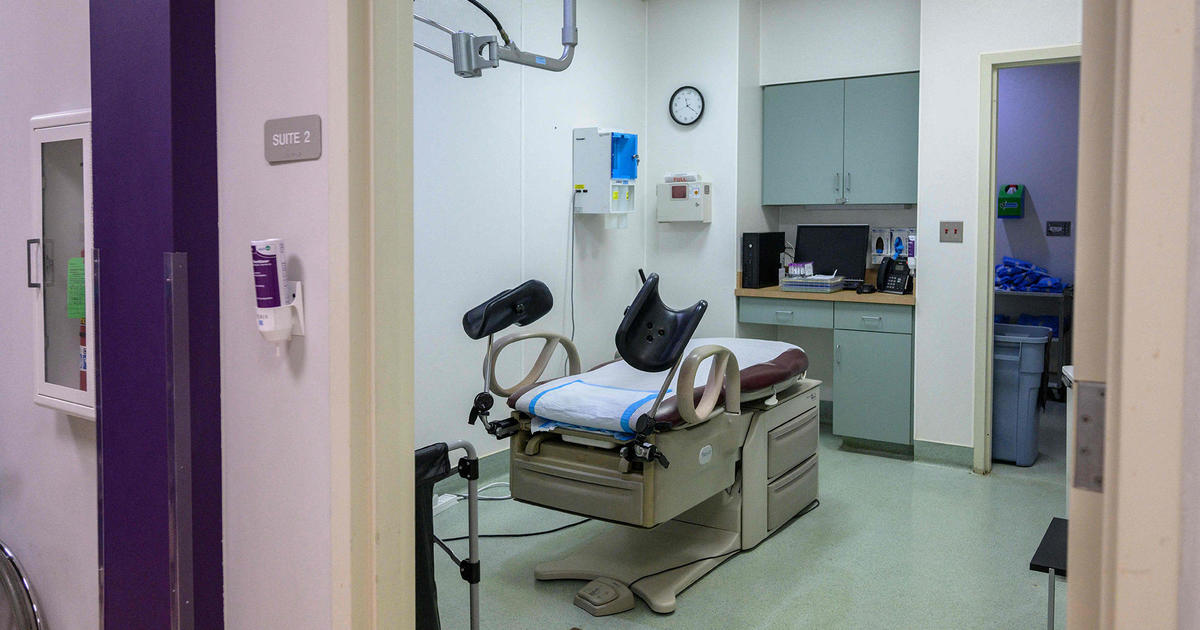Risk of dying from breast cancer has dropped dramatically in last two decades
MIAMI - The risk of dying from breast cancer has fallen dramatically since the 1990s, according to a new study, which found that most women diagnosed early with breast cancer now go on to survive the disease long-term.
The study, published Tuesday in the peer-reviewed journal The BMJ, tracked more than 500,000 in England who were diagnosed with early breast cancer between 1993 to 2015.
Participants were followed up until December 2020 in order to track their treatment progress and long-term mortality trends.
What researchers found was that women diagnosed from 1993-1999 had a 14 percent risk of dying within five years - a number that dropped to only five percent for women diagnosed between 2010 and 2015.
"Our study is good news for the overwhelming majority of women diagnosed with early breast cancer today because their prognosis has improved so much," Carolyn Taylor, professor of oncology at Oxford Population Health and lead author of the study, said in a press release. "Their risk of dying from their breast cancer in the first five years after diagnosis is now 5 percent on average."
The study looked only at women diagnosed with early invasive breast cancer, meaning that the cancer had not spread past the breast or axillary nodes at the time of diagnosis. It is easiest to fight cancer when it is caught early - when cancer spreads far beyond the region of the body it originated in, the chances of recovery are lower.
Trends in breast cancer mortality have been studied before, but there haven't been many studies that looked at whether the decrease in risk applies broadly to all patients, or whether there are factors affecting this, such as the cancer screening and the grade of the tumors.
In order to include these details, researchers looked at health data on 512,447 women registered with the National Cancer Registration and Analysis Service (NCRAS) in England.
All patients received either breast conserving surgery or a mastectomy to remove cancerous tissue.
Researchers looked at age at diagnosis, screening status, region of residence, calendar period of diagnosis, tumour size, estrogen receptor status and whether the cancer was considered low, medium, or high grade, among other factors.
Estrogen receptor status refers to when breast cancer cells removed during a biopsy are analyzed to see if they have specific proteins which are receptors for estrogen or progesterone. These receptors can stimulate the cancer to grow, so a patient being estrogen receptor positive means that their cancer treatment will need to be different than a patient who is estrogen receptor negative.
Patients who were diagnosed between 2010-2015 also had data for whether or not they had a protein called HER2 in their cancer tissue, which also facilitates cancer growth.
By the end of the follow-up period fifteen percent of the group, 77,975 women, had died from breast cancer.
Researchers found that the risk of mortality decreased for all patients across the board, but how much that mortality risk decreased varied depending on a number of factors.
Annual breast cancer mortality rates peaked in the third year after diagnosis for the majority of patients, but there were higher rates of mortality among patients with estrogen receptor negative disease. However, the mortality rate among patients with estrogen receptor negative cancer decreased so rapidly after the three year mark that among patients who survived beyond 10 years, the annual mortality rate was higher for the estrogen receptor positive group. This suggests that for patients with estrogen receptor negative disease, the most dangerous years are the first three after diagnosis, but that patients that make it beyond three years may have a higher chance of long-term survival overall than those with estrogen receptor positive disease.
The data showed that after screening eligibility was expanded in England in 2005 from just women aged 50-64 years to include women aged 65-70 years, the percentage of women whose cancer was detected through screening increased from 13 percent in 1993-1999 to 33 percent in 2010-2015.
Patients whose cancer was detected through screening saw their risk decrease slightly more than those who weren't screened, the study found.
One of the groups which didn't see a big decrease in mortality risk over the study period was women aged 80-89 at the time of their diagnosis, whose mortality risk at five years has only decreased slightly since 1993.
Researchers say that because the mortality risk was seen to decrease so much after the first five years, recent breast cancer data is more helpful for clinicians in understanding risk factors and patterns.
Although the research only looked at patients diagnosed between 1993-2015, researchers estimate that for most women diagnosed with early invasive breast cancer today, the risk of death within five years is likely less than three percent.
"Our study can also be used to estimate risk for individual women in the clinic. It shows that prognosis after a diagnosis of early breast cancer varies widely," Taylor said. "Patients and clinicians can use our results to estimate prognosis moving forward. In the future, further research may be able to reduce the risk of dying from breast cancer even more."



